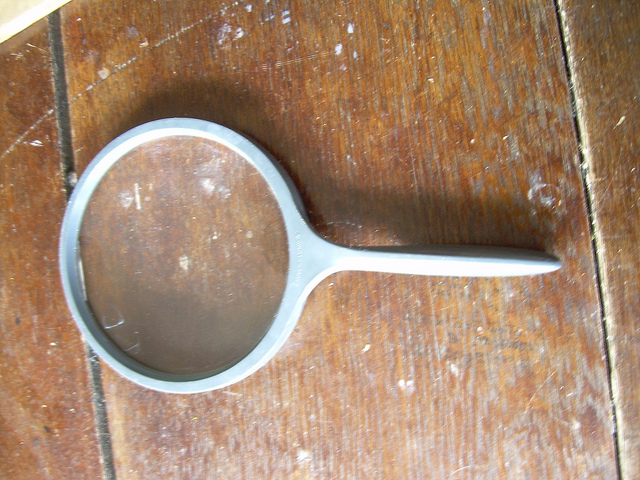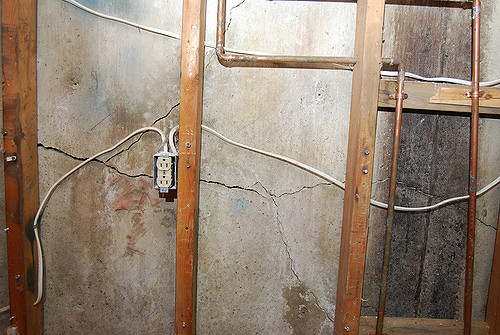DIY Foundation Drainage Inspection

Foundations need care and attention year-round, but fall might be the most important season in which to take action: it’s your best chance to catch problems that might need a lot of work, problems that will be made much harder by metres of snow, frozen ground, and meltwater. Winter can wreak havoc on your foundation, as the falling temperatures, ice, and expanding and contracting soil can exert a lot of pressure and make any problems much worse.
So grab a pad of paper and a pencil, take an hour or two, and see if your basement and foundation has anything noteworthy. Noticing it now will save you a lot of time, money, and headaches!
Checking Out the Basement
Head down the stairs and take in your subterranean environment: what’s the air like? Is it musty and damp? Those are good, initial signs that there might be some moisture sitting near the foundation and/or breaking through, but it’s not definite. Check your walls for mold, mildew, and wet walls – mold can get costly and, if worse comes to worse, can adversely affect your health, so get rid of it A.S.A.P!
- Peeling or bubbling wall paint means moisture damage.
- Bowing walls can be caused by hydrostatic pressure building up in the soil around your foundation. If your walls are bowing, bending, or buckling, call an expert!
- Vertical cracks might not be a problem, but horizontal cracks are warning signs of foundational trouble.
Inspect the basement windows and doors:
- Examine the framing for warping and cracks
- See if there are any gaps and separations between frames, and do a little caulking work if need be.
- Are they closing properly? If you’re having trouble closing basement windows and doors, or they’re sticking, it’s a sign of moisture damage and/or a shifting foundation.
Any of these problems could signal not just foundational issues, but poorer insulation and a higher heating bill come winter.
Walk Around the Exterior
Enjoy the crisp sweater weather and take a walk around your home. Check for sinking, shifting, and anything else that might be out of place. Even look at the chimney – is it pointed straight up at the sky? If it’s not, that’s a very noticeable sign that your foundation is shifting.
Take a look at traditionally weaker areas: corners, seams, and mortar lines. A lot of the signs, like crumbling walls, are obvious, and the aforementioned horizontal cracks are a very bad sign. Examine your patio and walkways, and maybe test them to see how water runs off them.
Next, and this one’s very important, check the gradient of the soil around your foundation. If it’s sloping away from it, you’re in a good spot; if it’s sloping towards your foundation, take care of it! See how water pools around, and if you notice any indents and puddles, clear your gutters and downspouts.
In sum: if there are any problems, don’t sit on them and wait for winter to blow over. It might require a spot repair that you can do yourself, or more intensive work that’s best performed by a professional. If you do know you have problems but don’t know what you’re doing, call us today!
